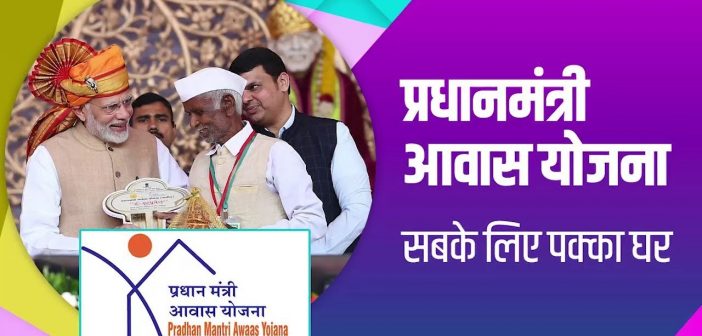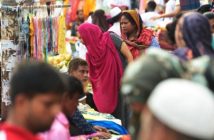The Pradhan Mantri Awas Yojana (PMAY), a flagship initiative of the Government of India, has made significant strides in addressing the critical need for affordable housing across the country. Launched in June 2015, the scheme aims to provide “Housing for All by 2022”, marking a significant commitment towards ensuring that every Indian has a place to call home.
Key Progress and Statistics:
As per the latest reports and data available up to December 31.2023, the PMAY scheme has shown remarkable progress:
- Total Sanctioned Houses: The scheme has sanctioned around 1.12 crore houses under both its urban and rural components.
- Completed Projects: Approximately 82 lakh houses have been completed and handed over to the beneficiaries, showcasing a significant achievement towards the ambitious target.
- Financial Allocation and Utilization: The central government has allocated a budget of over INR 1.85 lakh crore, of which a substantial portion has already been disbursed as central assistance.
- Geographical Spread: The impact of PMAY is widespread, covering all states and union territories of India, with particular focus on economically weaker sections and low-income groups.
Urban and Rural Components:
The PMAY is divided into two components – PMAY (Urban) and PMAY (Gramin):
- PMAY (Urban): This component aims to provide over 70 lakh houses in urban areas. It includes provisions for credit-linked subsidies to make housing loans more affordable for the urban poor. It also promotes partnerships with private developers to increase the availability of affordable housing.
- PMAY (Gramin): Targeting the rural population, this component focuses on the construction of pucca houses with basic amenities. Special attention is given to marginalized sections of society, including women, Scheduled Castes/Scheduled Tribes, and Non-SC/ST.
Challenges and Future Prospects:
While the PMAY has made commendable progress, it faces challenges such as timely completion of projects, availability of land in congested urban areas, and mobilizing private sector participation in a more significant way.
Looking ahead, the government aims to not only meet its target of homes but also to ensure these homes are sustainable and equipped with basic amenities like water, electricity, and sanitation. The inclusion of eco-friendly construction methods and materials is also being encouraged to promote sustainability.
The PMAY’s journey thus far demonstrates a robust commitment to tackling the housing shortage in India. Its success lies not just in the numbers but in the stories of millions of Indians who now have a roof over their heads, a foundation for a better quality of life, and a testament to the power of ambitious policy-making and effective implementation.






